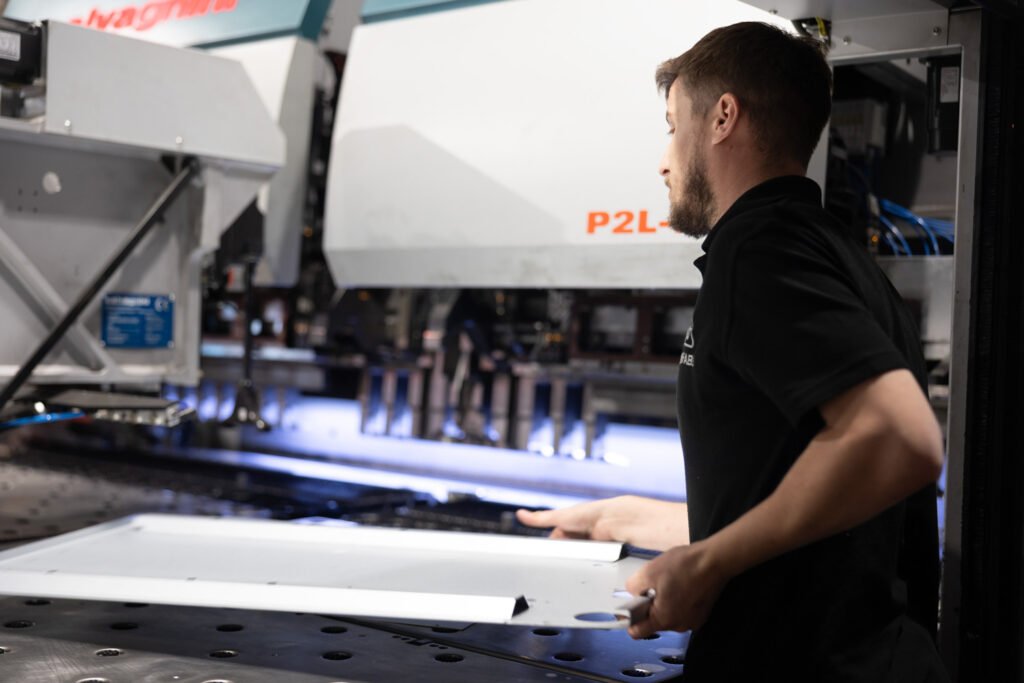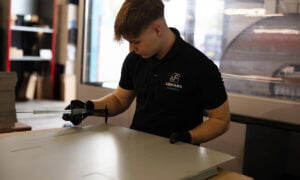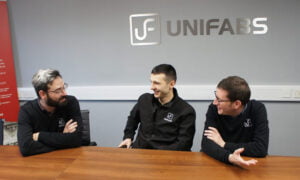+44 (0)2476 393889sales@unifabs.eu
CNC Punching FAQ’s

Discover what’s happening at Unifabs
-

Corporate Social Responsibility
Corporate Social Responsibility Partnership in Action: Our journey with Action Change
July 2nd, 2024
-

Academy
Metal Fabricator Apprenticeships – Alfie and Hayden’s Experiences So Far
June 5th, 2024
-

Team
CAD/CAM Programmer, Bartosz Celebrates 10 Year’s of Dedication at Unifabs
February 5th, 2024
-

Team
Celebrating Success: New Leadership Team for 2024
January 25th, 2024
-

Corporate Social Responsibility
Unifabs and Action Change: An Impactful Corporate Partnership for 2024
January 24th, 2024
-

Team
Celebrating 15 Years: Dan Ellis’ Service Anniversary at Unifabs
January 8th, 2024
-

Team
Technical Manager Matt’s Milestone Anniversary: 10 Years of Engineering Excellence
December 19th, 2023
-

Insight
Sheet Metal Bending Methods, Which is Better – Salvagnini Panel Bending or Traditional Press Brake?
December 1st, 2023

